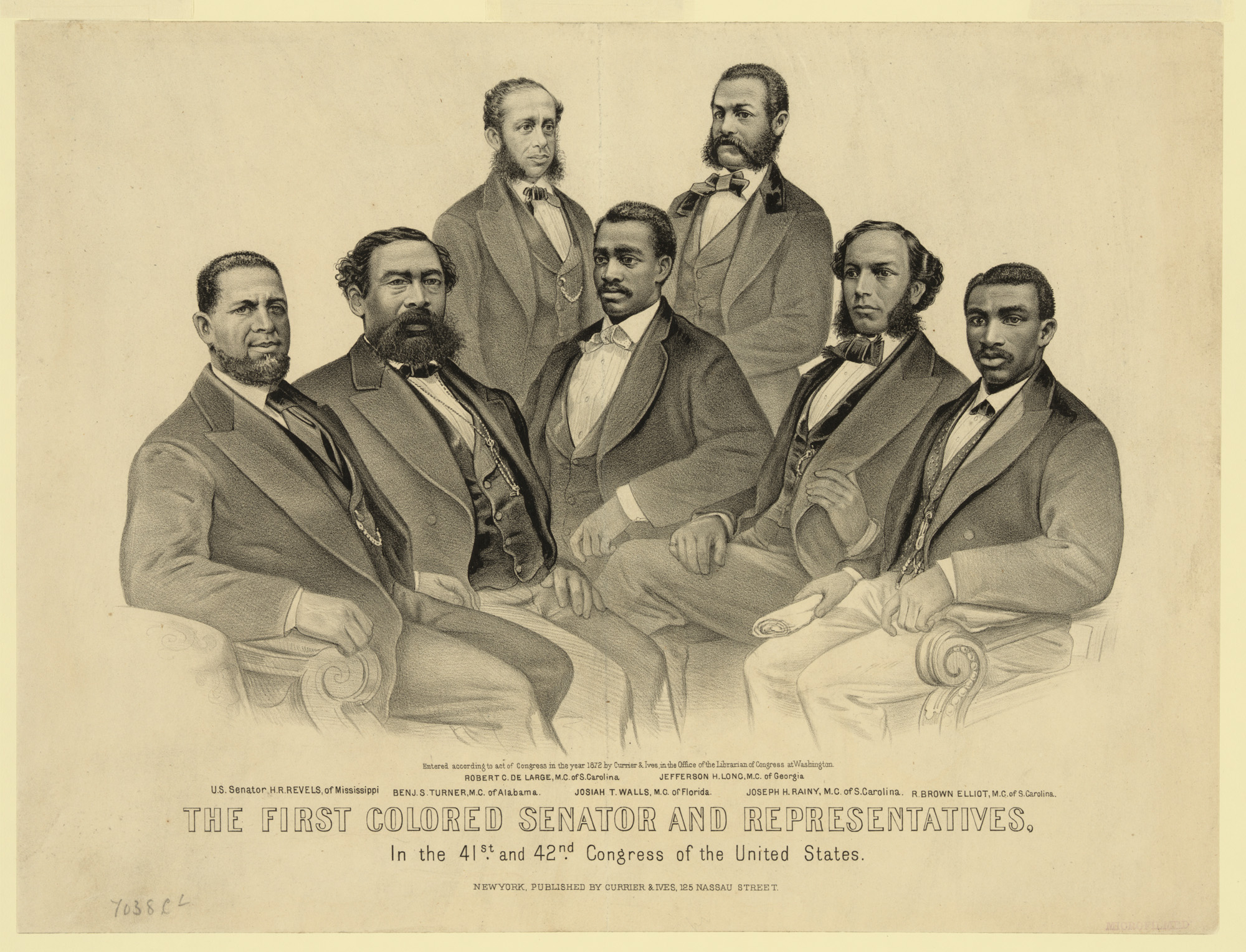Incident Report: Police Shooting in Detroit and its Implications for Sustainable Development Goals
This report details an incident in Detroit in October 2023, where a police officer shot a civilian, Mr. Brandon Owens. The subsequent legal proceedings and institutional responses are analyzed through the lens of the United Nations Sustainable Development Goals (SDGs), with a particular focus on SDG 16 (Peace, Justice and Strong Institutions).
1.0 Incident Overview
The event occurred as Detroit Police Department (DPD) officers were dispersing an illegal street racing event on the city’s Eastside. Mr. Brandon Owens, 29, a spectator at the event, was shot in the neck by a DPD officer while inside his vehicle.
- Victim: Brandon Owens, age 29.
- Location: Detroit’s Eastside.
- Context: Dispersal of an illegal street race.
- Injury: Gunshot wound to the neck. Mr. Owens has since recovered without major long-term complications, a positive outcome related to SDG 3: Good Health and Well-being.
According to his legal counsel, Mr. Owens was attempting to comply with police orders to exit his vehicle. As he moved to put the car in park, the vehicle rolled forward slightly, at which point an officer discharged his weapon, striking Mr. Owens.
2.0 Judicial and Institutional Response: A Challenge to SDG 16
The aftermath of the shooting has highlighted significant challenges in achieving the targets of SDG 16: Peace, Justice and Strong Institutions, which calls for effective, accountable, and transparent institutions and equal access to justice for all.
2.1 Legal Proceedings and Judicial Intervention
- Charges and Plea Agreement: Following the incident, Mr. Owens was charged with a crime. A plea deal was offered that included no jail time.
- Judicial Rejection: During sentencing, Wayne County Circuit Court Judge Lawrence Elassal reviewed the body camera footage and refused to accept the plea agreement. The judge expressed outrage, stating that the officer, not Mr. Owens, should be facing charges. This judicial action underscores the critical role of an independent judiciary in upholding Target 16.3: Promote the rule of law… and ensure equal access to justice.
- Appellate Court Decision: The Wayne County Prosecutor’s Office appealed Judge Elassal’s decision. The Court of Appeals overturned the ruling, stating the judge’s decision was “too emotional.”
- Current Status: The case is now expected to proceed to a jury trial, where the body camera evidence will be central.
2.2 Detroit Police Department (DPD) Administrative Review
The DPD’s response to the officer’s actions is a key indicator of its commitment to Target 16.6: Develop effective, accountable and transparent institutions.
- An internal review was conducted by the DPD’s Force Investigations Unit.
- The officer was not criminally charged in connection with the shooting.
- The department issued a 45-day suspension to the officer for “unnecessary use of force.”
- The officer has appealed this suspension to an arbitrator.
3.0 Analysis through Sustainable Development Goals (SDGs)
This case serves as a critical case study for the implementation of several SDGs within an urban American context.
3.1 SDG 16: Peace, Justice and Strong Institutions
The entire case revolves around the principles of SDG 16. The conflicting actions of the prosecutor’s office, the circuit court judge, the appellate court, and the police department’s internal review process demonstrate a system struggling with accountability and the uniform application of justice. The judge’s initial refusal to accept the plea deal can be seen as an attempt to enforce accountability, a core tenet of building strong institutions.
3.2 SDG 11: Sustainable Cities and Communities
The incident’s origin at an illegal street race points to broader urban challenges relevant to Target 11.7: Provide universal access to safe, inclusive and accessible, green and public spaces. The lack of safe and sanctioned recreational spaces can contribute to unauthorized and dangerous activities, leading to negative interactions between citizens and law enforcement and undermining community safety.
3.3 SDG 3: Good Health and Well-being
The use of force resulting in a life-threatening injury directly contravenes the objective of ensuring healthy lives and promoting well-being for all. While Mr. Owens’ physical recovery is fortunate, the incident highlights the profound impact of violence on community health and individual security.
Which SDGs are addressed or connected to the issues highlighted in the article?
SDG 16: Peace, Justice and Strong Institutions
- The article directly addresses issues of justice, institutional accountability, and violence, which are the core components of SDG 16. The narrative revolves around an act of violence by a police officer, the subsequent judicial process, and the internal review mechanisms within the police department. The actions of the judge, the prosecutor, and the police department’s internal affairs unit are all examples of institutions at work, highlighting challenges and functions related to ensuring justice and accountability.
What specific targets under those SDGs can be identified based on the article’s content?
Target 16.1: Significantly reduce all forms of violence and related death rates everywhere.
- The article describes a clear instance of violence: “A driver was shot in the neck by a Detroit police officer.” The subsequent internal review concluded it was an “unnecessary use of force,” directly linking the event to the goal of reducing such forms of violence.
Target 16.3: Promote the rule of law at the national and international levels and ensure equal access to justice for all.
- The entire legal case detailed in the article pertains to this target. The process involved the driver being “charged,” offered a “plea deal,” and appearing for “sentencing.” The judge’s intervention, where he “was outraged by it… and would not accept the plea,” represents a critical function of the rule of law, aiming to ensure a just outcome. The fact that the case will now “go to trial for a jury to decide” further illustrates the process of accessing justice through the legal system.
Target 16.6: Develop effective, accountable and transparent institutions at all levels.
- The article highlights several aspects of institutional accountability and transparency. The existence and use of “body camera footage” is a key tool for transparency. The Detroit Police Department’s “internal review of the officer’s action” by its “Force Investigations Unit” is a direct example of an accountability mechanism. The resulting “45-day suspension for unnecessary use of force” is a tangible outcome of this accountable process. The judiciary, through Judge Elassal’s actions, also demonstrates its role as an accountable institution overseeing the justice process.
Are there any indicators mentioned or implied in the article that can be used to measure progress towards the identified targets?
Indicator for Target 16.1: Incidents of violence committed by law enforcement.
- The article provides a specific data point for this indicator by describing the incident where a “driver was shot in the neck by a Detroit police officer.” This event is a measurable instance of violence that would be tracked to assess progress on reducing violence.
Indicator for Target 16.3: Judicial review of prosecutorial actions and plea agreements.
- The judge’s decision to reject the plea deal is a clear, measurable action. The article states, “the judge in that matter… would not accept the plea.” This action serves as an indicator of an independent judiciary actively ensuring the fairness of the legal process, which is a cornerstone of providing equal access to justice.
Indicator for Target 16.6: Existence and outcomes of internal accountability mechanisms and transparency tools.
- The article implies several indicators. First, the existence of the “Detroit Police Department’s Force Investigations Unit” is an indicator of an accountability structure. Second, the specific outcome of its review, “the department issued the officer a 45-day suspension,” is a measurable indicator of that structure’s effectiveness. Third, the use of “body camera footage” as pivotal evidence is an indicator of transparency measures being implemented within the institution.
SDGs, Targets, and Indicators Analysis
| SDGs | Targets | Indicators |
|---|---|---|
| SDG 16: Peace, Justice and Strong Institutions | 16.1: Significantly reduce all forms of violence and related death rates everywhere. | The specific incident of violence mentioned: “A driver was shot in the neck by a Detroit police officer,” which was deemed an “unnecessary use of force.” |
| 16.3: Promote the rule of law at the national and international levels and ensure equal access to justice for all. | The judicial action of reviewing and rejecting a plea deal: “the judge… would not accept the plea.” The progression of the case to a jury trial. | |
| 16.6: Develop effective, accountable and transparent institutions at all levels. | The existence of an internal police review body (“Force Investigations Unit”), its specific disciplinary action (“45-day suspension”), and the use of transparency tools (“body camera footage”). |
Source: fox2detroit.com







